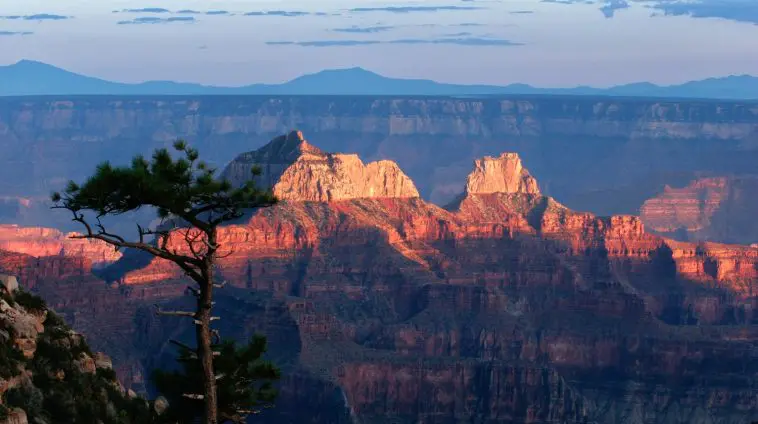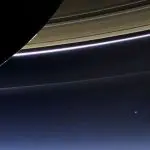[Originally published as The River Didn’t Do It]
There is not a canyon because there is a river. There is a river because there is a canyon.
Three reasons why the Colorado River could not have carved Grand Canyon
The problem of elevation and gravity
- The headwaters of the Colorado River are at La Poudre Pass Lake in Rocky Mountain National Park. The elevation of this lake is 9000 feet above sea level.
- Grand Canyon tears open the Kaibab Plateau, creating a 10-mile-wide chasm running from east to west, crossing (not following) numerous faults.
The river flows from north to south along the eastern slope of the Kaibab Plateau (known as the East Kaibab Monocline) as it exits from the bottom of the Glenn Canyon Dam. This plateau is a formidable barrier reaching 9200 feet into the sky as it runs parallel to the river on its western side. To the east of the river is the Painted Desert, which is a mere 4,000 feet above sea level.
The Colorado River continues its course along the boundary of the heights of the Kaibab Plateau and the flat lands of the Painted Desert. However, shortly after the Little Colorado River joins the main river, an abrupt alteration in direction takes place. The Colorado River makes a wide sweeping turn to the west, passing directly through the Kaibab Plateau.
It is agreed that the plateau was raised before the canyon was formed. According to these observable features, if the Colorado River carved Grand Canyon, then it defied gravity by beginning at an elevation lower than the plateau through which it cut and flowed up 4,000 feet in elevation at or around Grand Canyon river mile 67 as it took a sharp right toward the west.
Where’s the missing material?
If the Colorado River slowly carved Grand Canyon over millions of years, then the material that once filled the gaping ditch should be found in the river delta. However, only a small percentage of material is found at the mouth of the river. Much of the material is found in the Los Angeles area and off the western coast. Finding the material in the L.A. basin is consistent with a catastrophic blasting out of the material and inconsistent with a slow and gradual erosional force over millions of years.
A rather cluttered channel
A sign at Hopi Point on the south rim explains to visitors that the Colorado River is a giant conveyor belt removing material from Grand Canyon, carving it wider and deeper at the rate of the width of a piece of paper every year. However, the park information also explains the presence of rapids in Grand Canyon as the result of material that is brought in by flash floods in the side canyons that the river cannot remove (an explanation with which I agree).
So, is the Colorado River a giant conveyor belt or not?
The truth is that the river is incapable of clearing its own channel, let alone carving it deeper. Some may say this is because the power of the river is limited by the Glenn Canyon Dam. However, this is not accurate either. John Wesley Powell describes rapids far greater than any experienced today as he navigated the wild river nearly 100 years before the dam was built.
These are only three of the reasons why the river is not responsible for Grand Canyon. We could still discuss the massive side canyons and the lack of debris at the base of the Redwall Limestone.
The earth bears the scars of the global judgment of the human race. Grand Canyon is one of those scars. Approximately 70% of the earth is still underwater, and yet the thought of it having once been globally flooded is laughed at by the scientific community.
Mars is arid today, yet much of the scientific community believes that it was globally flooded about 4.5 billion years ago. How truly Peter spoke when God warned us through him that the world would “willingly forget” that the earth was at one time “deluged and destroyed” (2 Peter 3:4–6).
Our sin brought pain and destruction to the earth and all its inhabitants. Rejecting the global flood described in Genesis 6–9 leaves one bewildered and befuddled at the topography we see upon this earth. However, when we trust the Word of God, we find a recorded history of our earth’s past provided by the only eyewitness. The topography we observe today matches His account.
Praiseallujiah!
Jon






